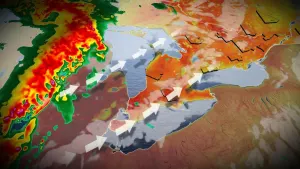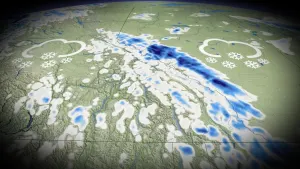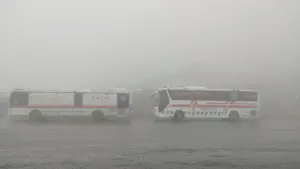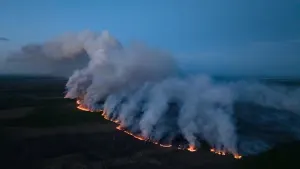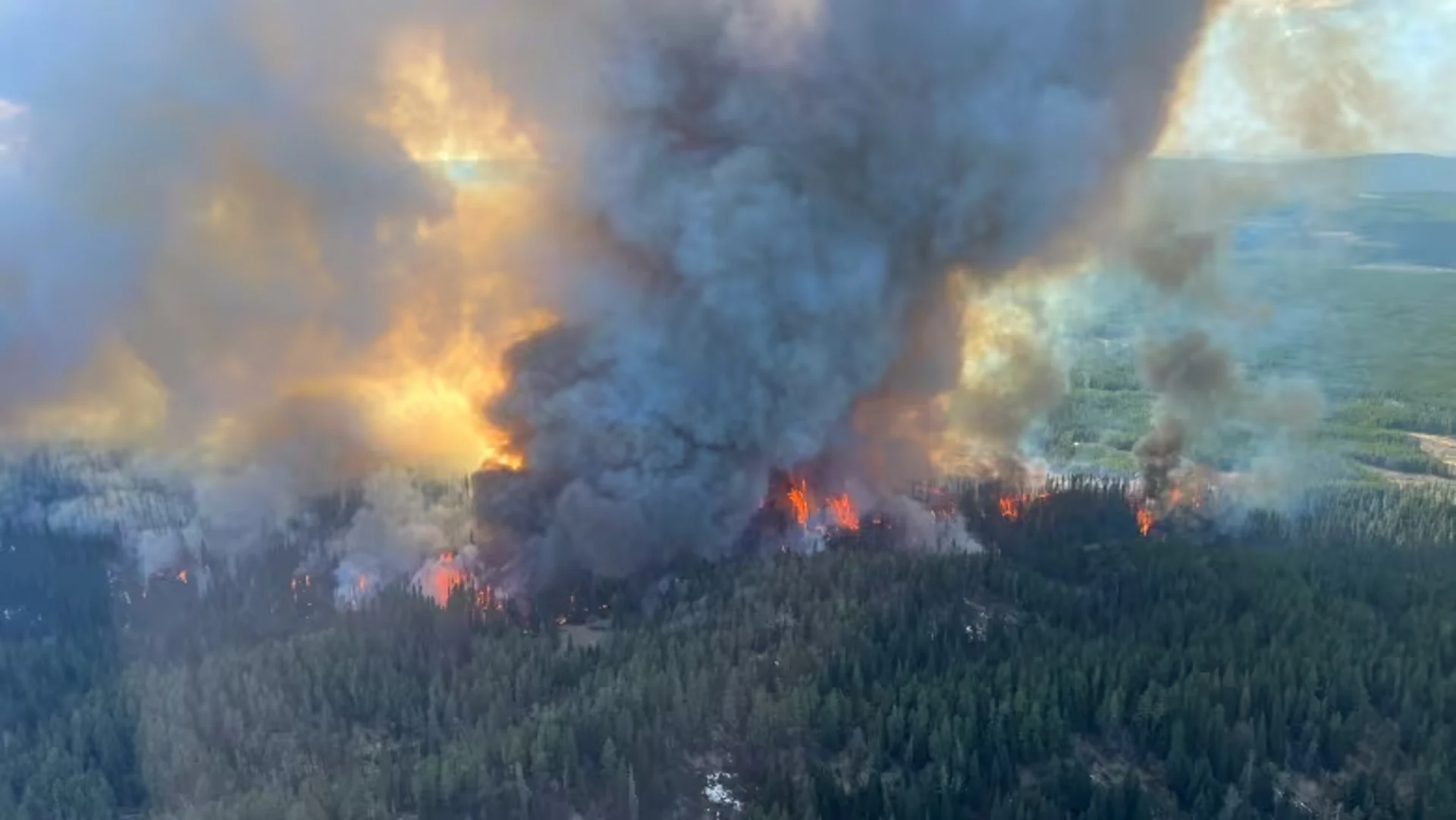
Out of control, held, out — What the stages of wildfire mean
Visit The Weather Network's wildfire hub to keep up with the latest on the active start to wildfire season across Canada.
With hundreds of wildfires burning across the country, Canadians are seeing and hearing daily updates of which fires are burning out of control, which are being "held," and which are considered "contained." But they may not always be entirely sure what each stage means.
Most provinces define wildfires in similar terms, and while the exact words may vary, the general descriptions are the same.
Here is a brief description of what each stage involves:
Out of control
A wildfire that is "out of control" means it is not responding to fire suppression efforts and is expected to grow. There is no controlled perimeter.
But it does not mean the situation is chaotic.
"When we call a wildfire 'out of control,' that can sound maybe a little concerning to folks," said Erika Berg, provincial wildfire information officer for the B.C. Wildfire Service. "But it really just means that there is expected growth."
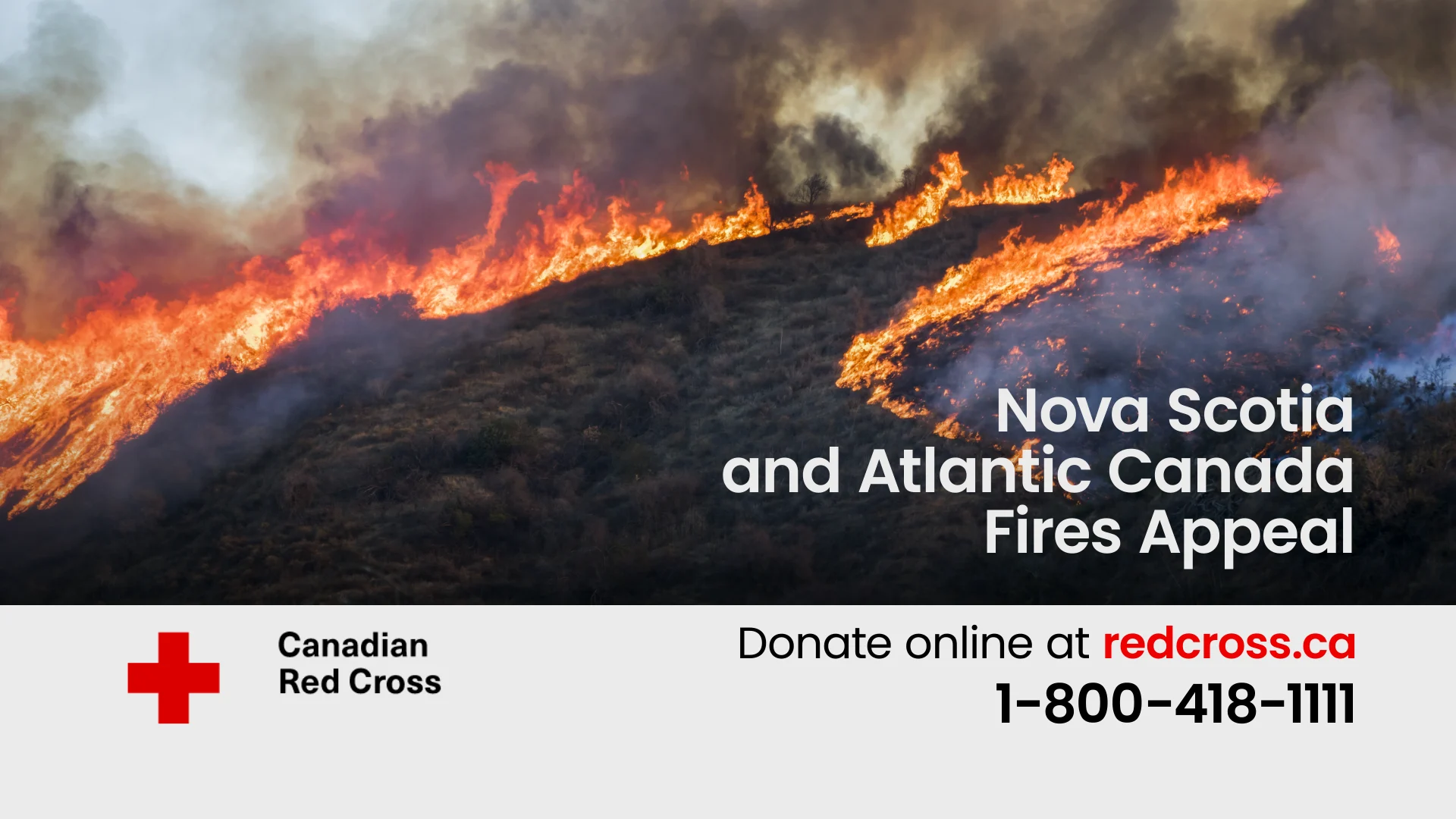
At this stage, crews would be undertaking aggressive suppression methods "such as establishing control lines, burn-offs, dropping water, foam or retardant," according to the province's wildfire management website.
But, depending on where the fire is located, it could also be left to burn.
Berg says given that wildfire is "natural and necessary for a lot of our forests," and if it is not a threat to human life or crucial infrastructure such as homes or businesses or even natural ecosystems, "it might be best that we let it continue to grow."
Being held, contained, partially controlled
At this point, firefighters have established a boundary or perimeter around the fire — that can be a natural break such as a river or low grasses that won't burn as actively as tall trees, or a break created by fire crews — and, given the resources on the ground and weather conditions, they feel the fire is not going to exceed that boundary.

A wildfire burns in High Prairie, Alta., last month. A fire is considered 'out of control' when it is expected to grow. (Erin Collins/CBC)
Flames can, however, still be burning very aggressively within the perimeter, and the fire might still grow — which can be confusing for people, says Melissa Story, information officer with Alberta Wildfire.
"It doesn't necessarily mean that it's not going to grow from the size that it is," she said, but it means there is some sort of boundary in place and the flames aren't expected to breach it. So a fire that's being held might be 80 hectares today and 120 hectares tomorrow, she said, "but we still have a handle on what's happening with it."
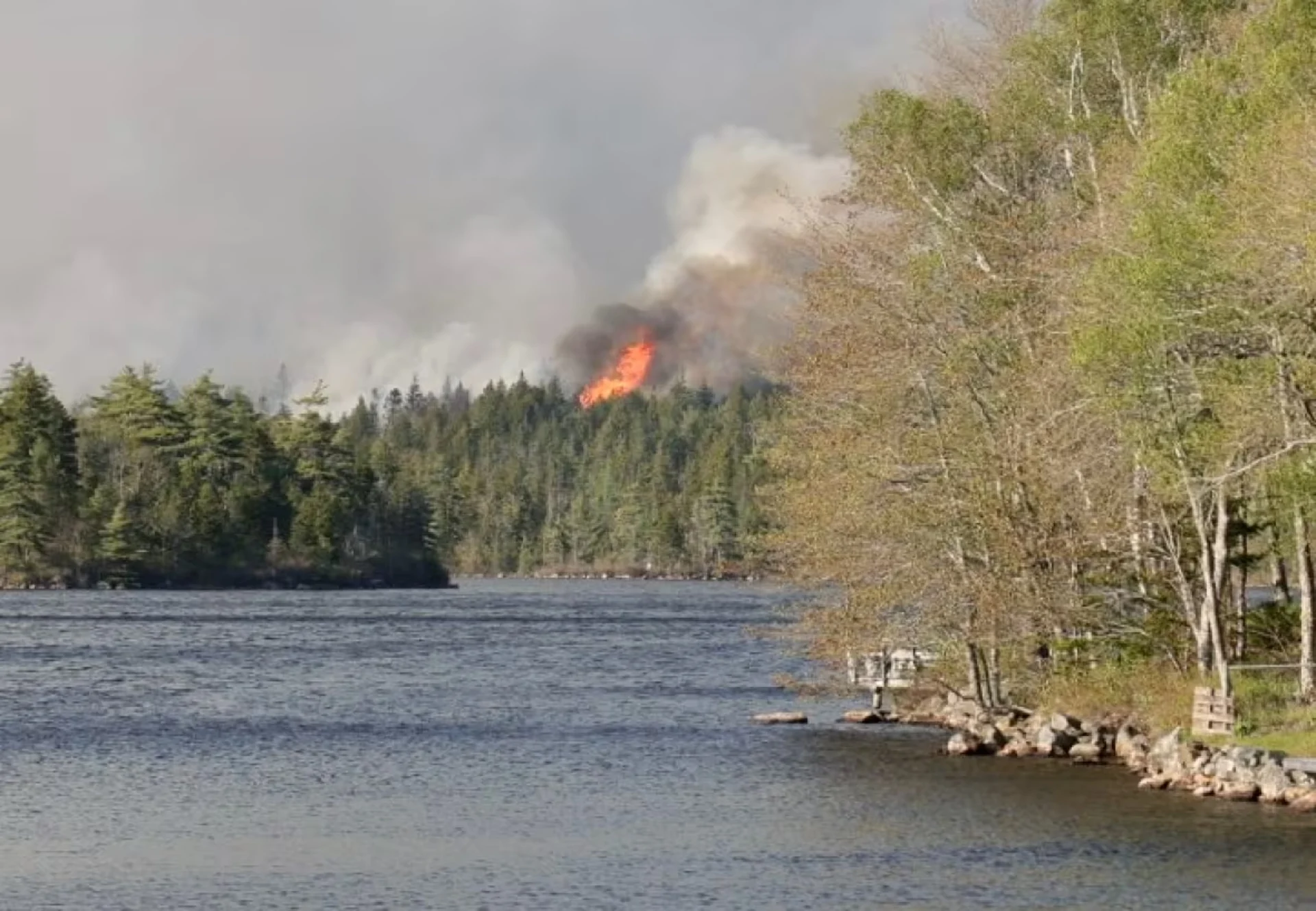
A wildfire burns northwest of Halifax in early June. A fire is deemed 'held' or 'contained' if it is not expected to breach an established perimeter or boundary. It may still grow within that boundary, but should not spread beyond it. (Jeorge Sadi/CBC)
In some cases, a fire that has been deemed under control can revert back to out of control.
"If we get really hot, dry conditions for a couple of days, mixed with some 100 kilometre an hour winds, I mean, those are conditions that we we obviously can't work with and we can't control," said Story. "So that could be an extenuating circumstance that could put it back to out of control."
Under control
A wildfire is deemed under control when it is completely contained within an established perimeter, is no longer growing or spreading, and is moving toward being extinguished.
Story says fire crews would still be monitoring the area, checking for smoke, going in after any weather event to make sure no flames have reignited. "We'll probably have some sustained action crews that will be on it, that will be checking hotspots and making sure that the fire is completely out," she said.
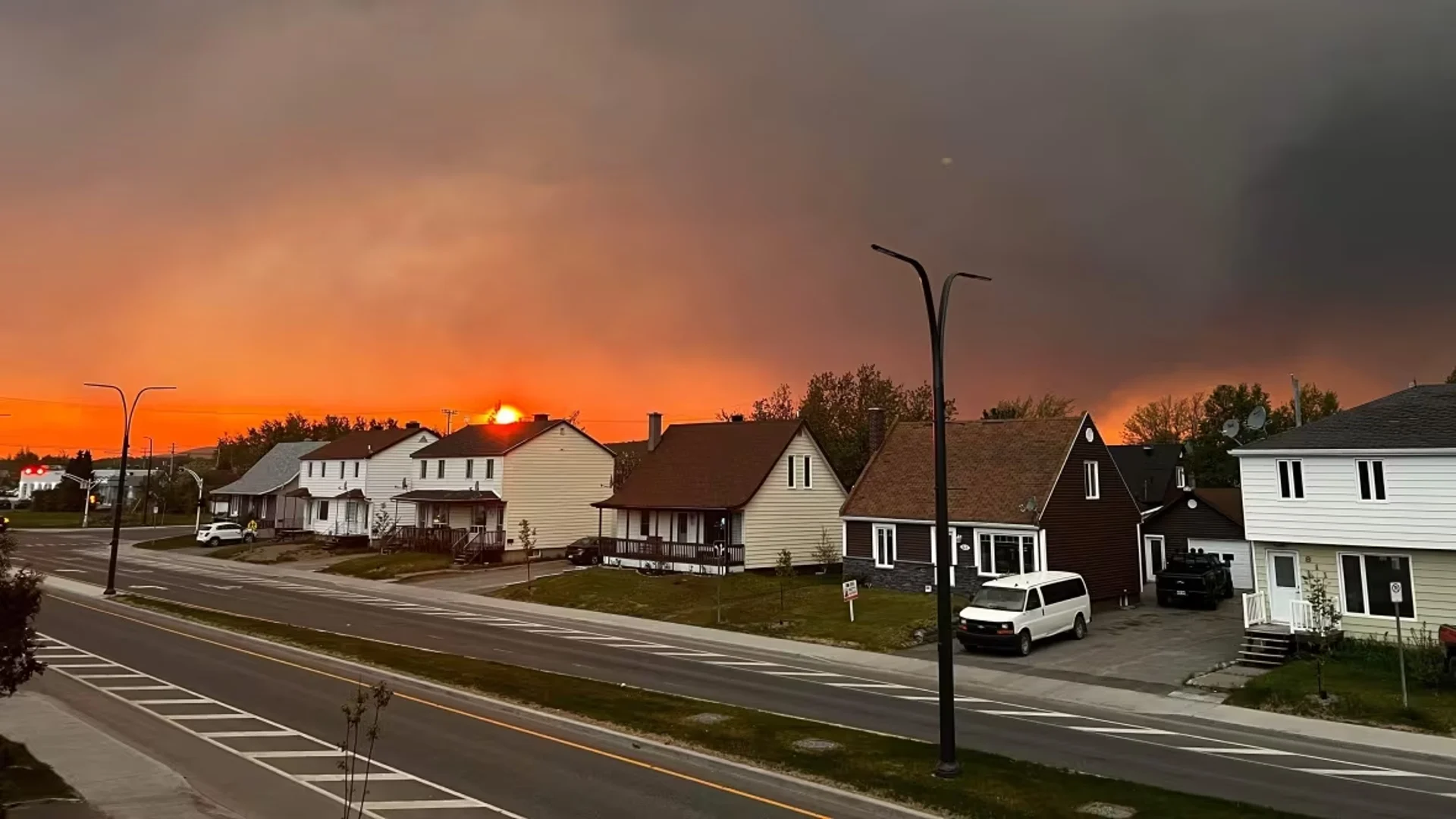
A forest fire burning northeast of Chibougamau, Que., prompted an evacuation notice affecting 7,300 people Thursday. (Nancy Gervais/CBC)
At this stage, there would typically be no further flames, but there could still be some smouldering smoke or hotspots that would be dealt with.
And wildfires can sit at this stage for a long time — weeks or even months.
"A lot of our wildfires, especially when we see large-scale wildfires like we are this year, will likely sit on the books for us as under control for the remainder of the fire season and could potentially go into next year. They burned so deep into the ground that they can reignite in the spring," she said.
Crews will continue to go back to affected areas, do infrared scans to check for fire activity below ground level or any other hotspots.
Out, extinguished
This is when the actual fire fighting is over. Suppression has been successful and there are no more hot spots.
"We only really declare a wildfire as being out if there is certainty that that wildfire is out," Berg said. "We can't declare it as out if there's the risk that it could flare up again."
But once it has reached this stage, the work is not over.
"Recovery is huge," said Berg. It can involve re-seeding of plants or trees, and ecosystem restoration.
WATCH: Fireweed is the first flower to bloom after a wildfire
This article was originally written by Stephanie Hogan and published by CBC News






